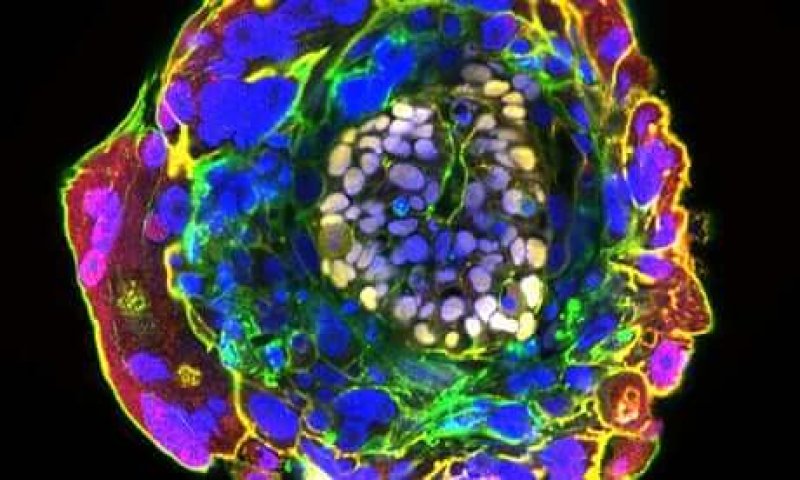Previously, the International Society for Stem Cell Research (ISSCR) recommended that scientists culture human embryos for no more than two weeks after fertilization. But on 26 May, the society said it was relaxing this famous limit, known as the 14-day rule. Rather than replace or extend the limit, the ISSCR now suggests that studies proposing to grow human embryos beyond the two-week mark be considered on a case-by-case basis, and be subjected to several phases of review to determine at what point the experiments must be stopped.
The ISSCR made this change and others to its guidelines for biomedical research in response to rapid advances in the field.
In the past decade, scientists have made increasingly sophisticated models of embryos from human stem cells, demonstrating one way to study human development while avoiding the controversial use of embryos from fertility clinics. Such embryo-like structures are too rudimentary to grow into a person, scientists say. But relaxing the 14-day limit would allow researchers to compare them fully with real embryos, and test them as feasible stand-ins for research, says [stem-cell biologist Robin] Lovell-Badge.
The relaxation of the 14-day rule “is really significant, but it’s done with a soft touch”, says [bioethicist Josephine] Johnston.































